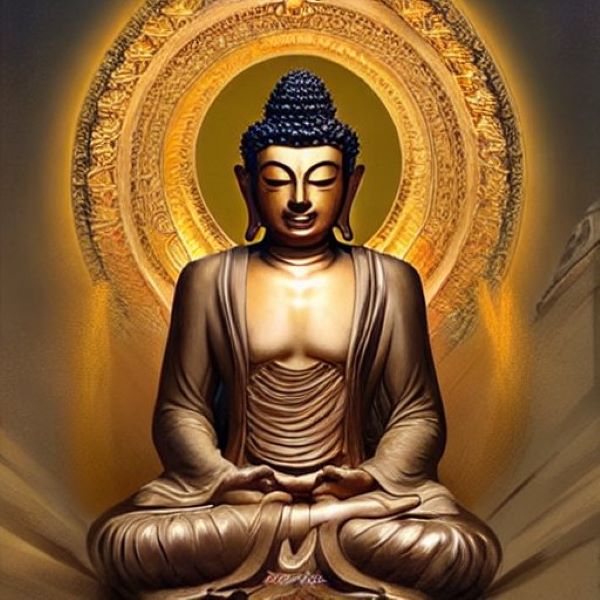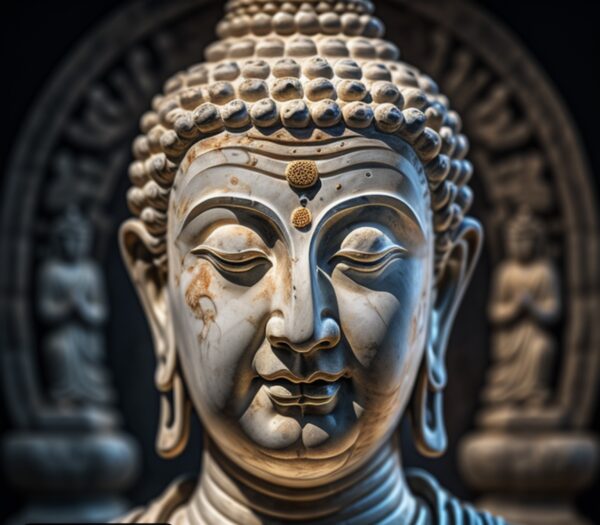1. Desire (kāmacchanda): This hindrance refers to the craving for sensory pleasures and attachment to them. It can manifest as an intense longing for material possessions, pleasurable experiences, or even indulgence in sensual desires. For example, constantly yearning for the latest gadgets or feeling the need to consume excessive amounts of food or entertainment.
To overcome desire, practitioners are encouraged to cultivate mindfulness and investigate the impermanent and unsatisfactory nature of sensory pleasures. Developing contentment with what one has and practicing moderation in consumption can also help reduce attachment to desires.
2. Aversion (vyāpāda): Aversion, also known as ill-will or aversion, encompasses feelings of hostility, anger, resentment, or hatred towards oneself or others. It arises when we encounter situations or people that we find disagreeable or threatening. For instance, feeling irritated by a coworker’s behavior or holding a grudge against someone who wronged us.
To counter aversion, practitioners can cultivate loving-kindness (mettā) meditation to develop compassion and goodwill towards oneself and others. Practicing forgiveness and understanding the root causes of anger or resentment can also help alleviate these negative emotions.
3. Sloth and Torpor (thīna-middha): Sloth refers to sluggishness or laziness of mind and body, while torpor refers to dullness or mental lethargy. These hindrances manifest as feelings of drowsiness, heaviness, or mental fog, making it challenging to engage in meditation or other spiritual practices. For example, feeling lethargic and unmotivated to meditate or pursue spiritual goals.
To overcome sloth and torpor, practitioners can cultivate energy (viriya) through practices such as mindfulness of the body or engaging in physical activity. Taking breaks to stretch or practice walking meditation can also help invigorate the mind and body.
4. Restlessness and Worry (uddhacca-kukkucca): Restlessness refers to a scattered or agitated mind, while worry involves excessive anxiety or concern about past or future events. These hindrances create mental agitation and prevent concentration and tranquility in meditation. For instance, feeling anxious about upcoming deadlines or replaying past mistakes in the mind.
To alleviate restlessness and worry, practitioners can cultivate mindfulness of breathing to anchor the mind in the present moment. Recognizing and accepting the impermanent nature of thoughts and emotions can help reduce mental agitation. Cultivating contentment and gratitude for the present moment can also promote inner peace and calm.
5. Doubt (vicikicchā): Doubt refers to uncertainty or indecision about one’s spiritual path or practice. It can manifest as skepticism towards teachings, oneself, or others, leading to wavering faith or lack of confidence. For example, questioning the effectiveness of meditation practices or doubting one’s ability to attain spiritual progress.
To overcome doubt, practitioners can cultivate wisdom (paññā) through studying the teachings of the Buddha and seeking guidance from experienced teachers or spiritual mentors. Reflecting on one’s own experiences and observing the benefits of spiritual practice can also help strengthen faith and resolve doubts.
In addition to these practices, maintaining a regular meditation practice, attending spiritual retreats, and cultivating virtuous qualities such as patience, generosity, and ethical conduct are also emphasized in Buddhism as effective methods for overcoming the hindrances and progressing on the path towards liberation.










